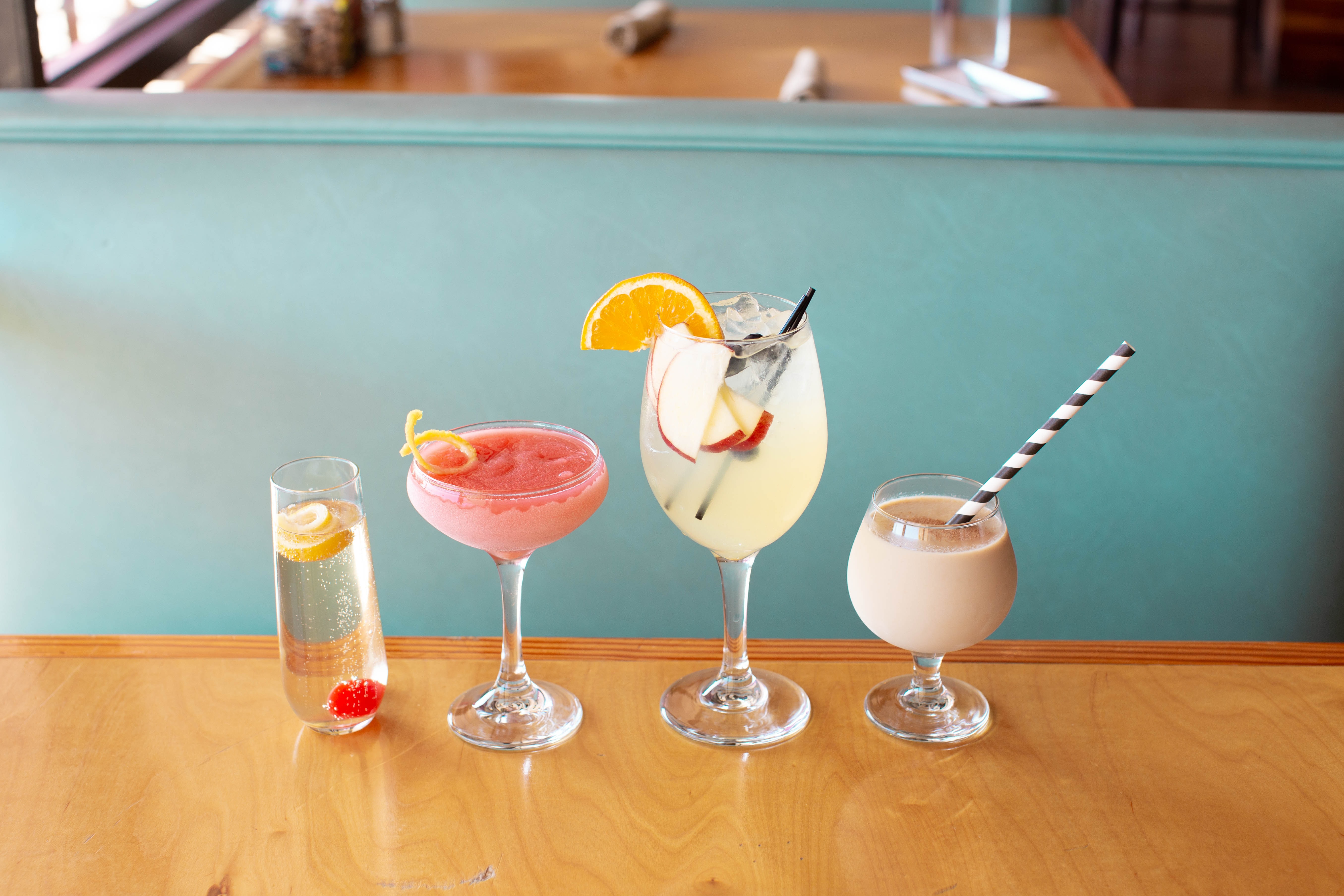Now, more than ever, being on social media is necessary in order to be a successful beverage brand. After all, at least 1 in 3 people share photos of their drinks on Facebook or Instagram, often with hashtags like #craftbeer or #cocktail. These hashtags allow your brand a means to reach as many people as possible, and ultimately help widen your customer base. Having said that, creating a successful beverage brand is more than just popular hashtags and funky, eye-catching imagery. You'll need to put in the work if you are to maximize social media's potential in terms of expanding your beverage brand. To make sure you do things right, here are some tips you need to keep in mind.
Engage, Engage, Engage!
The more you engage with your audience, the better it is for your brand. Remember, you’re on social media not only to create awareness for your brand, but to also network and form bonds with potential customers. Posting content is already a way to engage with them on a consistent basis, but you'll have to go beyond that if you truly want to maximize your presence on social media.
Take the popular American beer brand, Budweiser, for instance. The brand frequently posts on Facebook, YouTube, Twitter and Instagram, making sure to always engage in the comments section. The takeaway here is the need for constant activity on all fronts—and that means posting and tweeting consistently, answering questions, responding or reacting to comments, and allowing people to share their own photos or stories.
Another way to engage? Consider hosting giveaways or contests. Doing so can help you expand your reach to a wider audience. Because, truth be told, everyone loves a good freebie. Though, for the time being, you'll need to be judicious and sensitive with your messaging and overall marketing approach, especially as the world grapples with a health crisis. Now is the best time to drill in that human element, just as popular beer and spirit producer, Diageo, is doing now. The company has pledged over $1 million in support for bartenders affected by the current pandemic—an excellent example of incorporating the human element over social media.
Embrace Social Storytelling
A great way to engage an audience on social media is to tell personalized stories. This means coming up with a comprehensive storytelling strategy that will encourage consumers to partake in your brand’s “journey”, but in their own unique ways. It involves creatively giving them messages and information tailored specifically to their interests, needs, and preferences. Consequently, this kind of well-tailored storytelling will have your target audience feeling an individual relationship both with your brand and your products. Over time, this can result to better content and drive increased engagement on social media. Then, by making potential consumers part of this journey, you are more likely to excite and invite them into buying your beverage later on.
Wine spritzer company Blossom Brothers, with the help of Sparkloft Media, embraced social storytelling in 2018 by using motion-based content (i.e., GIFs and free-frame still imagery) to introduce their new flavors. Elements of excellent storytelling were present in that campaign, notably the use of strong visual and written components. That being said, the key point here is to tell and sell your story as creatively as possible. A good start in this case would be to give people a glimpse of your drinks. Show your audience how your beverages are made, or where the ingredients come from. This is exactly the story Fosters Beer told a few years ago, when they released a clip of the character Ralph Foster pouring a pint of Fosters Beer, giving it to someone, and then nervously waiting for that person’s feedback. These kinds of stories go over well on social media, as they give people an inside look at your product and the core of your brand.
Benefit from Social Media Influencers
 Social Media Influencers are akin to today's modern celebrity, but with a more direct connection to your target audience. Not to mention, they are also capable of creating more engaging content than any brand or agency ever could. Indeed, Lifestyle writer Jane Adamson notes how influencer marketing is on the rise, with 75% of national advertisers in the US utilizing it in 2018 alone. Reliance on these influencers remains high, with companies investing some $5.2 billion on influencer marketing on Instagram alone in 2019. That figure is predicted to top $6.5 billion in 2020, underscoring companies' trust in these social media personalities. This trust is well-founded, with businesses, on average, getting a $5.20 return on investment for every $1 they spend collaborating with influencers. That’s because social media darlings, like Felix Kjellberg (PewDiePie) and Dude Perfect, have a large and loyal social media following whom they can sway with their recommendations.
Social Media Influencers are akin to today's modern celebrity, but with a more direct connection to your target audience. Not to mention, they are also capable of creating more engaging content than any brand or agency ever could. Indeed, Lifestyle writer Jane Adamson notes how influencer marketing is on the rise, with 75% of national advertisers in the US utilizing it in 2018 alone. Reliance on these influencers remains high, with companies investing some $5.2 billion on influencer marketing on Instagram alone in 2019. That figure is predicted to top $6.5 billion in 2020, underscoring companies' trust in these social media personalities. This trust is well-founded, with businesses, on average, getting a $5.20 return on investment for every $1 they spend collaborating with influencers. That’s because social media darlings, like Felix Kjellberg (PewDiePie) and Dude Perfect, have a large and loyal social media following whom they can sway with their recommendations.
Spirit-maker New Amsterdam and German brewer Beck, for instance, are leveraging the encompassing reach of social media influencers, getting engagement from Instagram influencer Aaron Marino (aaronmarino) and lifestyle Instagrammer Stefano Tratto (stefanotratto), respectively. Your brand must do the same, and you can start by collaborating with multiple micro-influencers (social media influencers with a following in the 10,000 to 200,0000 range) as opposed to just one social media superstar (one with a following in the millions). Brands reporter Yuyu Chen explains that this strategy, while more work-intensive, will help you reach a wide, diverse audience and drive better, more organic engagement to your site (thereby expanding your brand).
Sell a Feeling or a Community
Another way to drive engagement and increase brand awareness is to appeal to people's emotions. You can do this by associating your brand with either a feeling or a community. Sparkling beverage brand Recess built the brand on that premise, with founder and CEO Benjamin Witte branding Recess as an antidote to feelings of being overwhelmed by life's stressors (e.g., deadlines, bad news, etc.). “We’re really marketing this mindset that we call ‘calm, cool, collected’ and create that association with productivity and the use-case of Recess,” Witte explains. In other words, the company is selling a feeling.
You can mimic said strategy by marketing your brand as the beverage of choice of a community (as Gatorade is to professional athletes), or as the drink for every occasion. An authentic way to approach this campaign is to encourage existing clients to post (with corresponding hashtags, of course!) on your site pictures of them drinking your beverage and having a great time. Better yet, create an online community for your customers, and steer them towards promoting your brand on social media.
Follow Through
After expanding your brand and winning over new customers, the next step is to keep them interested. You'll need to keep engaging with them on social media. Routinely give them reasons to stick to your brand through promos, contests, loyalty programs, and giveaways. Keep asking them for feedback as well, then make sure you do something about their suggestions.
One final point: Make sure you have enough supply for future orders. Once you start to expand your brand via social media, you've got to be prepared to follow through with your product! Good luck, and cheers!



Comments